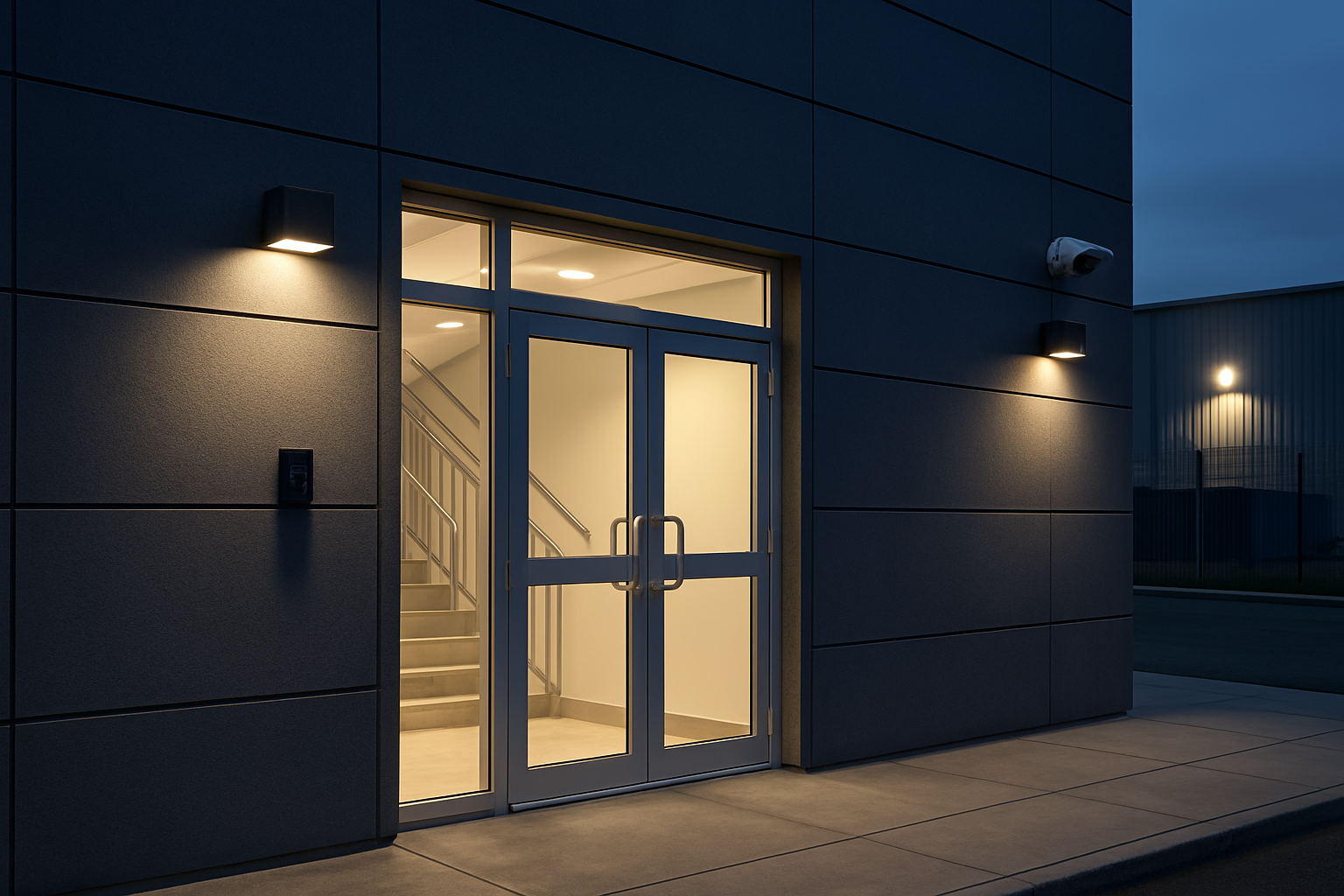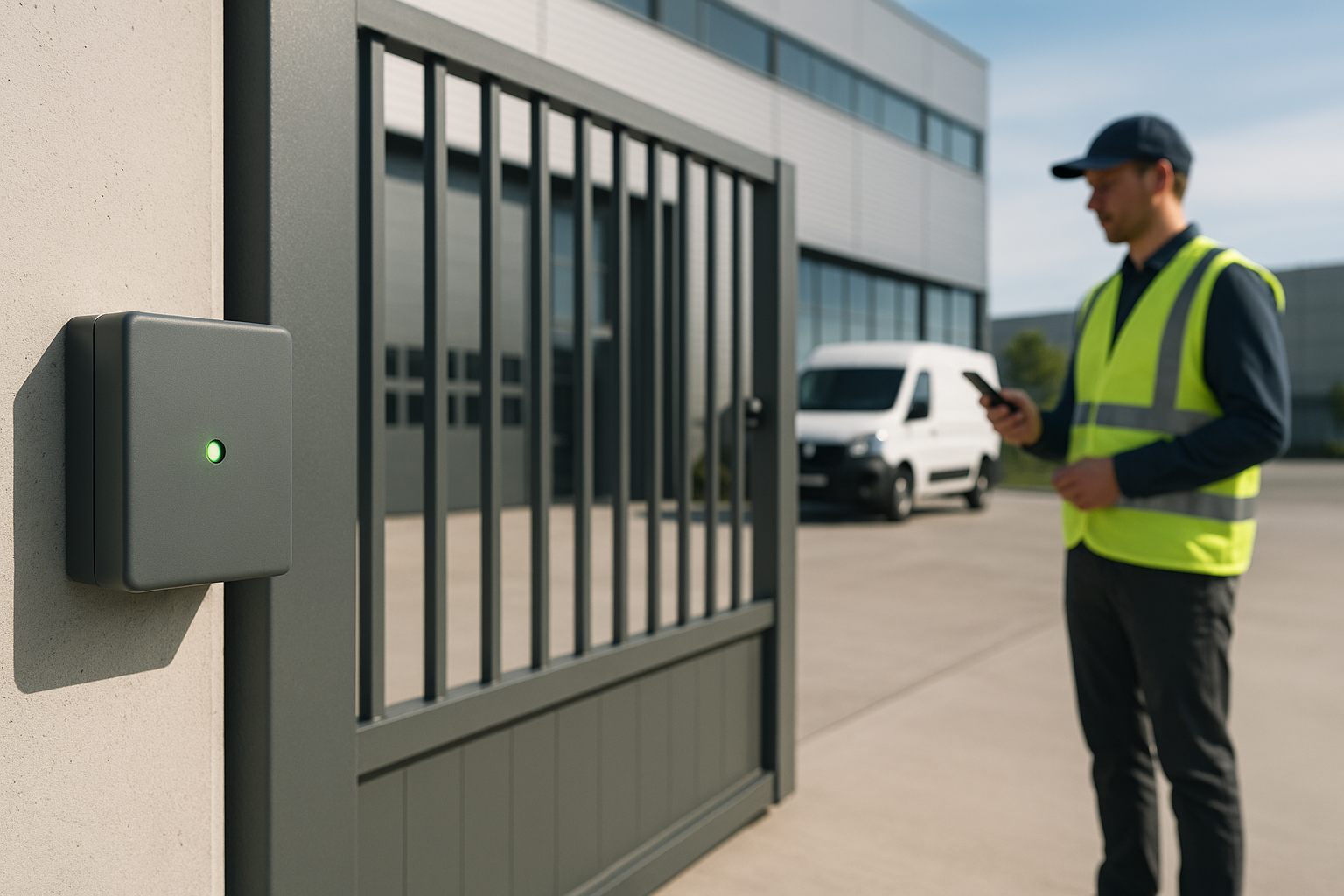GATE SENSOR: WHAT IS IT FOR AND HOW DOES IT WORK?

What is a gate sensor?
The automatic gate sensor, also known as a safety edge, is an essential safety device. It detects an obstacle in the path of the gate and automatically stops it. This system prevents unfortunate accidents and damage to the gate itself.
The sensor is suitable for both sliding and swing gates. It can be placed on the closing edge, or on the pillars if the gate is perforated and a hand can be passed through.
This device meets the safety requirements defined in standard EN 13241-1 (for motorized gates) and is part of the detection solutions provided for in standard EN 12453, which more specifically governs the prevention of mechanical risks.
What is the purpose of a gate sensor?
The safety edge prevents the risk of being trapped or crushed by the gate, especially during closing. At the slightest obstacle, it immediately switches off the motor to interrupt gate movement.
It complements other safety devices such as photocells. Unlike photocells, which perceive obstacles via an optical sensor, the sensor acts via tactile detection. This complementarity provides better overall reliability.
How does a gate sensor work?
The safety edge is installed on the last slat of the gate leaf. During closing, if it detects a deformation, a signal is sent to the operator to immediately stop the gate motor. It can also restart automatic closing once the obstacle has disappeared.
There are 2 types of signal transmission from the probe to the motor:
- The wired sensor, which operates by direct wiring (connected to the gate motorization's electronic board) but can be difficult to install.
- The wireless sensor, which sends its signal via a radio bridge connected to the gate. It's easier to install. The radio bridge enables secure signal transmission even on a moving part of the gate.
The choice between these two options depends in particular on the gate model, the type of motorization installed, and site accessibility constraints (a buried motorization, for example, can make connection difficult).
Then, there are 3 types of bulges:
- 8.2 K resistive probe, which uses an 8.2 KΩ resistor to transmit an electrical signal. It is often used in applications where precise detection is required.
- Cable sensor, directly connected to the gate motor's electronic board. It can be effective, but requires more complex installation due to the wiring involved.
- Optical sensor, which uses light to detect physical changes. It is often used when fast, accurate measurements are required, for example to detect the opening or closing of a gate.
Installation and best practices for installers
Here are a few tips to ensure proper probe installation:
- Choose a sensor suited to the type of gate (swing, sliding, heavy-duty, etc.) and motorization system.
- Position the probe correctly in high-risk areas.
- Check compatibility with gate operator.
- For wireless installation, link the radio bridge to the fixed receiver.
- Perform functional tests during commissioning.
Prastel, your manufacturer of safety systems for automatic gates
Recognized in the fields of access control and automation, our company has been offering reliable, innovative solutions for over 30 years. From complete access control systems to security devices, we design all types of equipment.
Our gate safety edges:
Our radio bridge kits for gate sensors :
- TCO7SG-KIT: 868Mhz radio bridge for collective and industrial sliding gates
- TCO7SGE-KIT: 433 MHz radio bridge for commercial and industrial sliding gates
- TCOSE: optical sensor (under development)
Don't hesitate to contact us for further information or to help you choose the technologies best suited to your projects!
Prastel latest news
Discover the latest blog posts on automation and safety.
DISCOVER OUR LATEST CATALOG

.webp)





